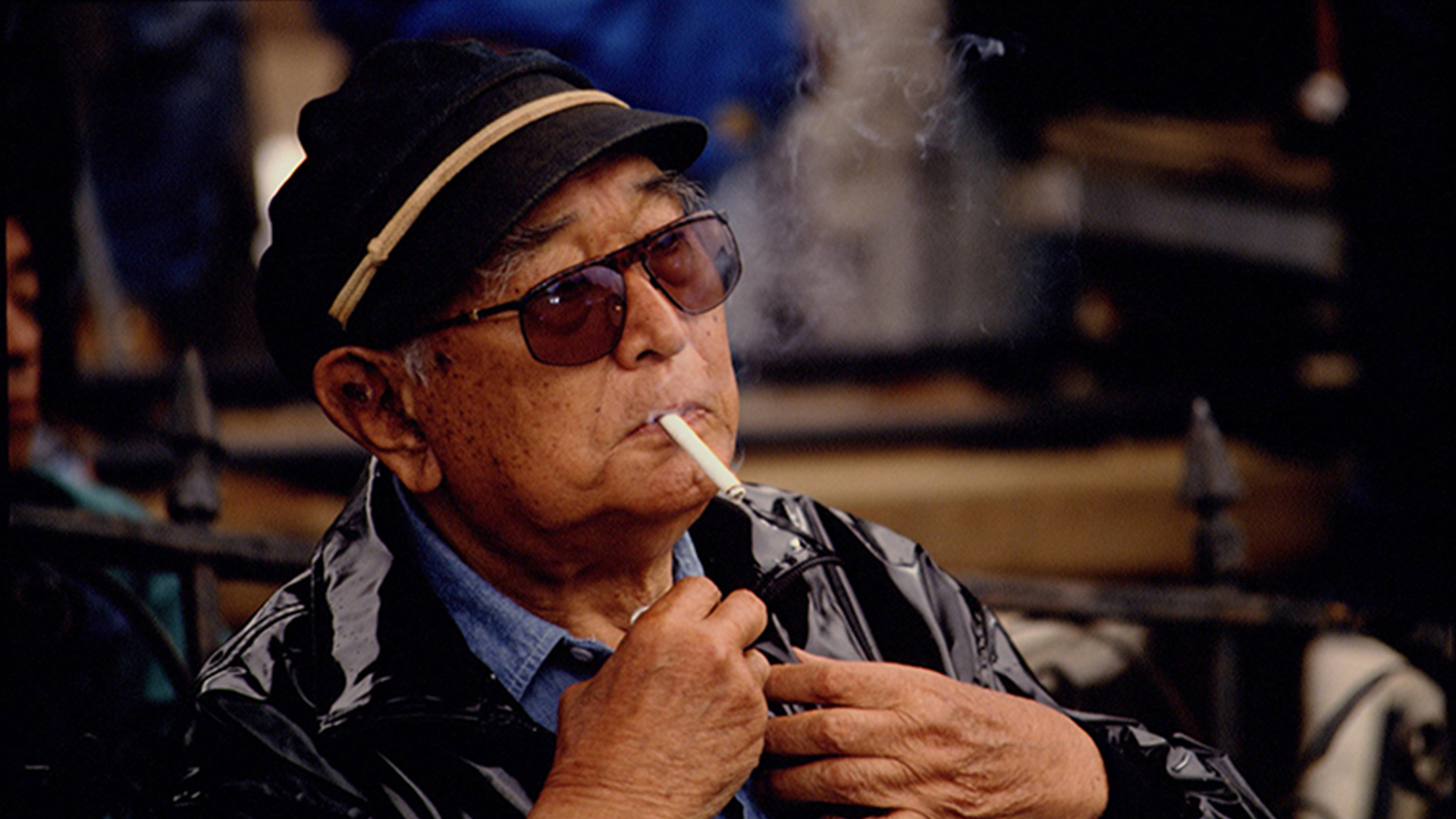mchec.org – Akira Kurosawa is one of cinema’s most influential filmmakers, whose work has left an indelible mark on the world of film. Known for his breathtaking storytelling, innovative techniques, and profound thematic depth, Kurosawa’s films have inspired countless directors and captivated audiences around the globe. In this article, we explore some of Kurosawa’s masterpieces, examining how they have shaped the art of filmmaking and continue to resonate with viewers today.
1. Early Breakthroughs: Defining a Vision
Kurosawa’s journey into filmmaking began in post-war Japan, where his early works quickly gained attention for their narrative strength and humanistic themes. “Rashomon” (1950) was a groundbreaking film that introduced the world to Kurosawa’s talent. Its innovative narrative structure, presenting multiple perspectives on a single event, challenged conventional storytelling and left a lasting impact on cinema. The film’s international success opened doors for Japanese cinema on the global stage.
2. The Epic Saga: “Seven Samurai” and Beyond
“Seven Samurai” (1954) is perhaps Kurosawa’s most celebrated work, an epic tale of honor, sacrifice, and camaraderie. The film’s masterful direction, dynamic action sequences, and deep character development have set a benchmark for the genre. Its influence is evident in countless films, including Westerns like “The Magnificent Seven.” Kurosawa’s ability to create grand narratives with universal themes is further exemplified in films like “Yojimbo” (1961) and “Sanjuro” (1962), which blend action with sharp wit and social commentary.
3. Shakespearean Adaptations: Timeless Storytelling
Kurosawa often drew inspiration from Western literature, and his adaptations of Shakespearean plays are notable for their creativity and depth. “Throne of Blood” (1957), an adaptation of “Macbeth,” and “Ran” (1985), inspired by “King Lear,” seamlessly blend Japanese cultural elements with classic Western narratives. These films showcase Kurosawa’s ability to reinterpret timeless stories, infusing them with new life and relevance through his unique cinematic lens.
4. Exploring the Human Condition: Profound Themes
Kurosawa’s films often delve into the complexities of the human condition, exploring themes of morality, justice, and existentialism. “Ikiru” (1952) is a poignant exploration of a man’s search for meaning in the face of mortality, while “High and Low” (1963) examines the moral dilemmas faced by individuals in a corrupt society. Kurosawa’s nuanced storytelling and empathetic portrayal of characters underscore his deep understanding of human nature.
5. A Lasting Legacy: Influencing Generations
Akira Kurosawa’s influence extends far beyond his own films. His innovative techniques, such as the use of weather elements to heighten drama and dynamic camera movements, have become staples in filmmaking. Directors like Martin Scorsese, George Lucas, and Steven Spielberg have cited Kurosawa as a major influence on their work, attesting to his enduring impact on the art of cinema.
Conclusion: A Cinematic Giant
Akira Kurosawa’s masterpieces continue to captivate and inspire audiences worldwide. His films, marked by their visual beauty, narrative complexity, and profound thematic exploration, have secured his place as a towering figure in the history of cinema. As we reflect on his remarkable body of work, it is clear that Kurosawa’s legacy will continue to shape and enrich the world of film for generations to come.

